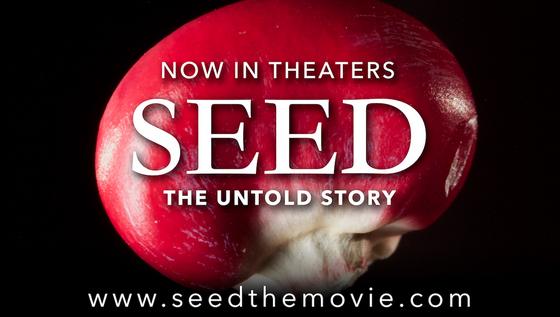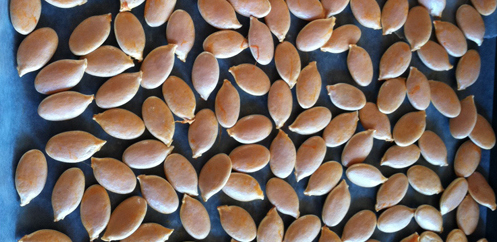
Where as March is known as March Madness for basketball followers here in the US, I think of March as a time to get busy in the garden-definitely March madness!
Here is a list of things to do in the garden for March:
-Finish your garden plans! What are you growing this season?
-Finish ordering your seeds or getting your seeds if you haven’t already. Better hurry-many seed companies are getting behind in orders again.
-If you like to grow your own seedlings (and you should) get your light table and heating mat out (if you haven’t already). Use T-5 (better-more energy efficient)or T-3 florescent lights. I use the ‘daylight’ ones-gives your seedlings the whole spectrum of light waves. They produce less ‘leggy’ veggies.
-Start tomato seeds 4-6 weeks indoors before May 15. I will start mine on March 23 this year with the idea to set them out in early May (weather permitting) in wall of waters. If you don’t have wall of waters, you’ll have to wait till after May 15 to plant them whether you buy them or grow your own. Pepper and eggplant seeds should be planted 8-10 weeks indoors before May 15. Same goes for peppers and eggplants. I don’t put out those transplants till JUNE 1 in wall of waters as they hate cold nights and can stall out if you try to sneak them in earlier. Trust me-I’ve learned the hard way.
-Get your soil tested to see what amendments you might need to add to it. I do mine every 2-3 years.
-Put compost/amendments on your garden beds and lightly dig or rake in.
-Hurry up and finish pruning your fruit trees. Not much time left. EEK! I better do this now!
-Prune back your raspberries (within 3-4 inches of ground), prune your blackberries (better google this one depends on the variety you are growing), thin out your ‘mother’ strawberries. Strawberries slow way down when you leave in the mother plants and you want to make room for the newer plants (which produce more fruit), trim back your grape plants (this again is how you started as to how to prune now-google your variety). EEK! I better do this now!
-Spray your fruit trees with dormant oil before their buds turn color to smother any dormant bugs. EEK! I better do this now!
-WATER your trees and plants.
-Plant COOL SEASON vegetable seeds like peas, OUTSIDE on ST. PATRICK’S DAY or later. Some varieties include lettuces, spinach, arugula, bok choy, broccoli/cauliflower, cabbage, peas, radishes, mustard, kale, fava beans and other greens. Cover them with row cover at night for those freezing nights. And don’t forget to keep watering them for good germination. Tomorrow (St. Patrick’s Day)- green seed planting day and green beer!






































